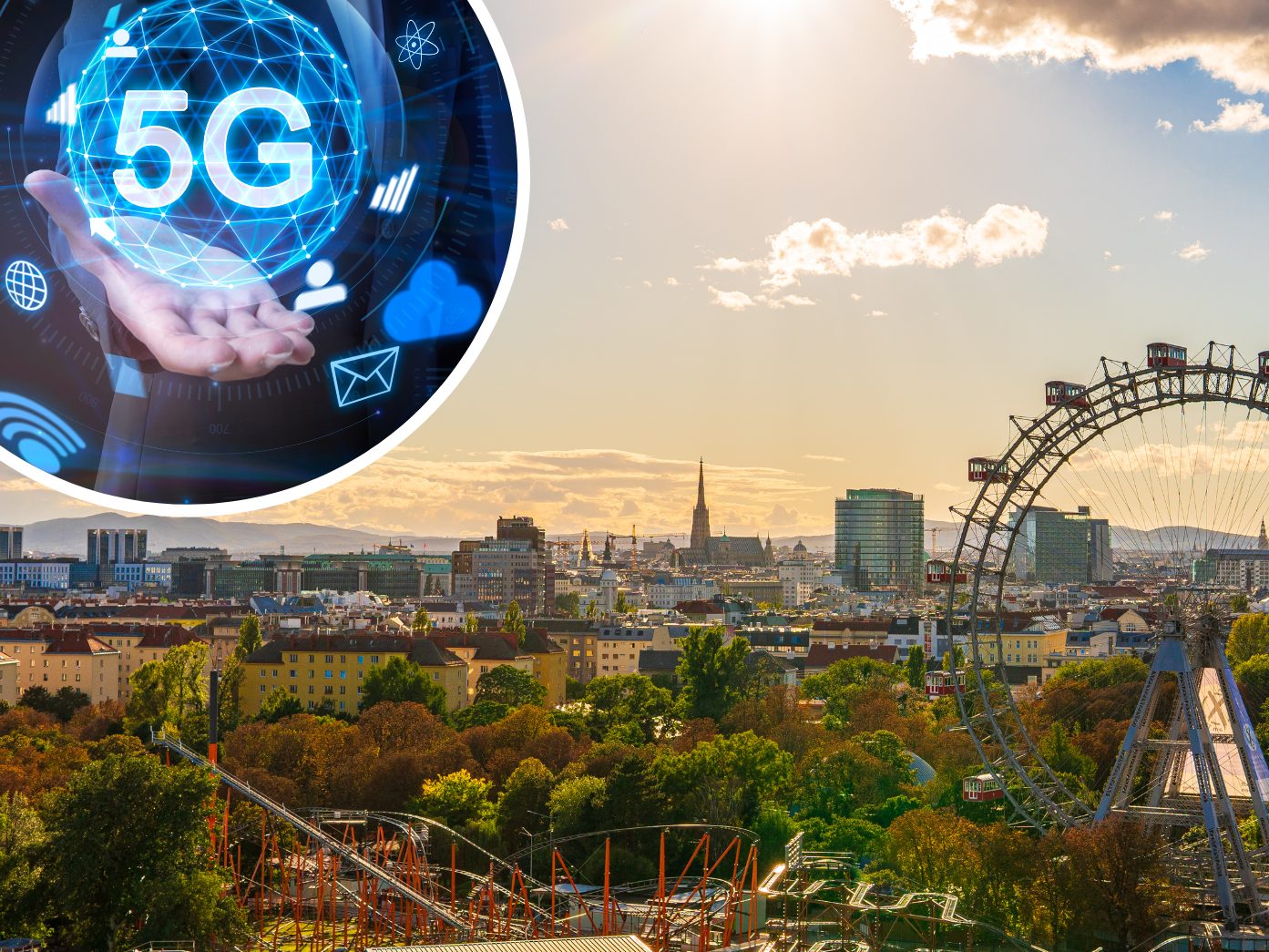5G in Vienna & Co.: How Providers Solve Reception Problems

The question of how to access fast 5G internet arises more in rural areas, but even in Austria's large cities, there are challenges due to urban canyons where not every signal reaches. The major providers - A1, Magenta, and Drei - are aware of the problem and are working on it. They use different frequency bands to find the right "tradeoff" between cell size and reception depending on the situation.
"When talking about reception, it is always the combination of coverage - which is the signal strength shown as bars on the phone - and capacity, meaning the speed of the data connection that constitutes it," explained an A1 spokesperson in response to an APA inquiry about the "tradeoff." "With 5G, we are in the expansion phase, the basic coverage with 5G is already at 85 percent outdoors, and the 5G capacity is being gradually expanded in the cities."
Challenges with 5G: Weatherproof routers on windows or balconies help
Often, outdoor sets with an antenna module on the window can help improve 5G reception. Nevertheless, there are individual cases where the technician assigned to the installation has to leave without success because the signal strength is still insufficient. However, such cases are becoming increasingly rare.
"Many densely populated cities like Vienna, Graz, Innsbruck, Salzburg, or Linz are blessed with very beautiful historical architecture. For mobile communications, this can be a challenge in some cases, as thick and winding old building walls partially impair indoor coverage," said Magenta. "However, the technology behind 5G is so advanced that even with low reception levels, good performance is still possible." Here too, reference is made to the "simple solution in the form of weatherproof 5G outdoor routers." "Thus, good 5G reception for home internet is generally ensured."
The provider Drei promises that its 5G coverage areas will significantly exceed the current 4G zones. "We are building 5G on all stations and are implementing new frequency bands at low frequencies with better propagation conditions on many stations in addition to the existing frequency bands. Thus, 5G will be available in all streets and urban canyons." Currently, however, only 4G is available in some areas for the time being.
What does 5G reception mean for autonomous driving?
Autonomous vehicles are truly autonomous, emphasize A1, Magenta, and Drei. "They can independently orient and move based on their own sensors," said A1, for example. "The advantage of a broadband data connection for these vehicles is that they can move faster due to the good detailed information about the next, for example, 100 to 500 meters on the planned route." Magenta: "The critical decisions are made by the car independently of the internet. Nevertheless, good mobile coverage is essential for autonomous driving because updates and telemetry data need to be transmitted regularly." Of course, their own network is optimized precisely for this.
Drei: "Mobile networks will extensively provide vehicles with information on traffic, regulations, or current hazards." However, a vehicle can continue to drive without mobile communication, as sufficient information for operation is provided by sensors.
(APA/Red)
This article has been automatically translated, read the original article here.





